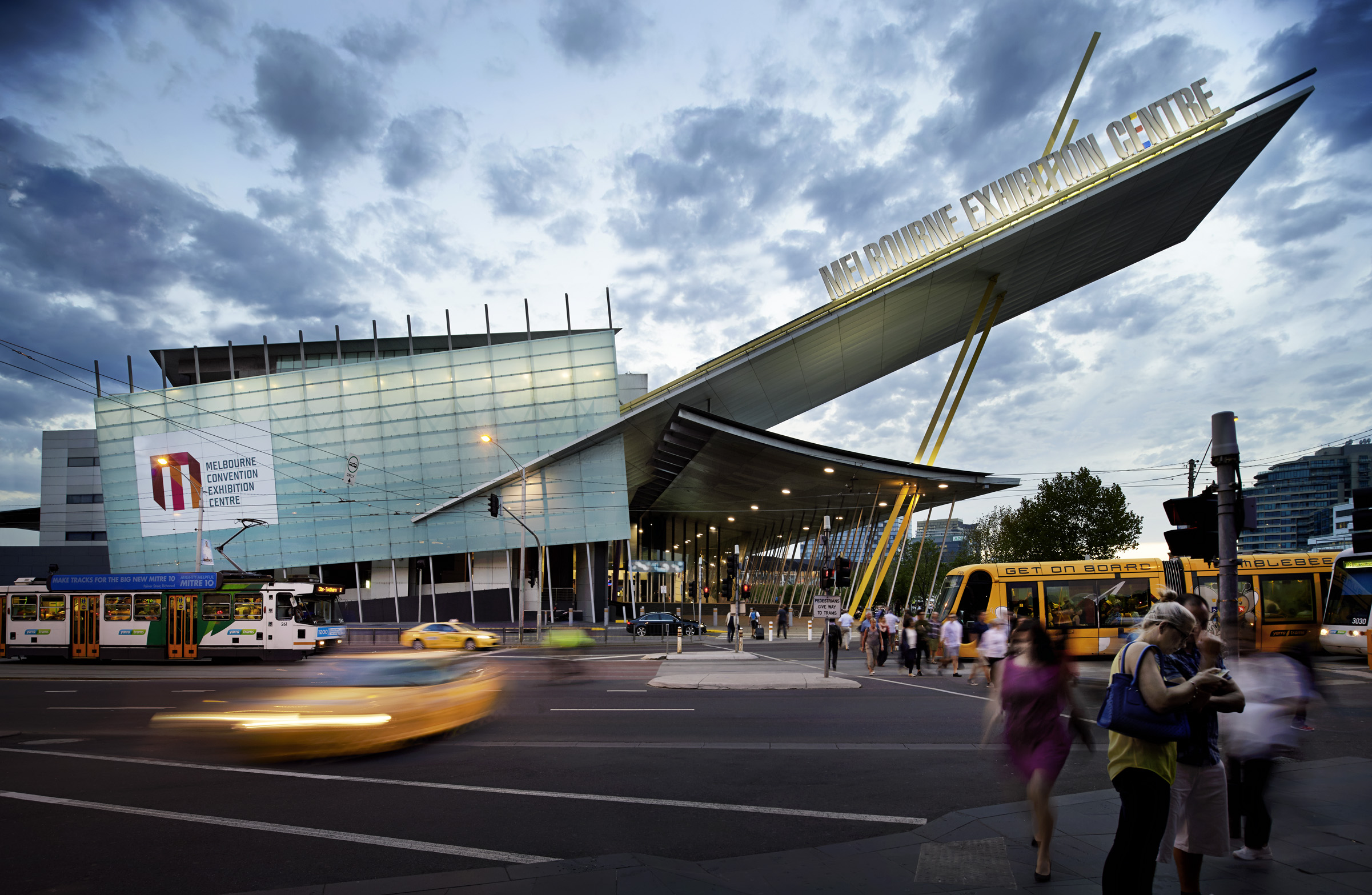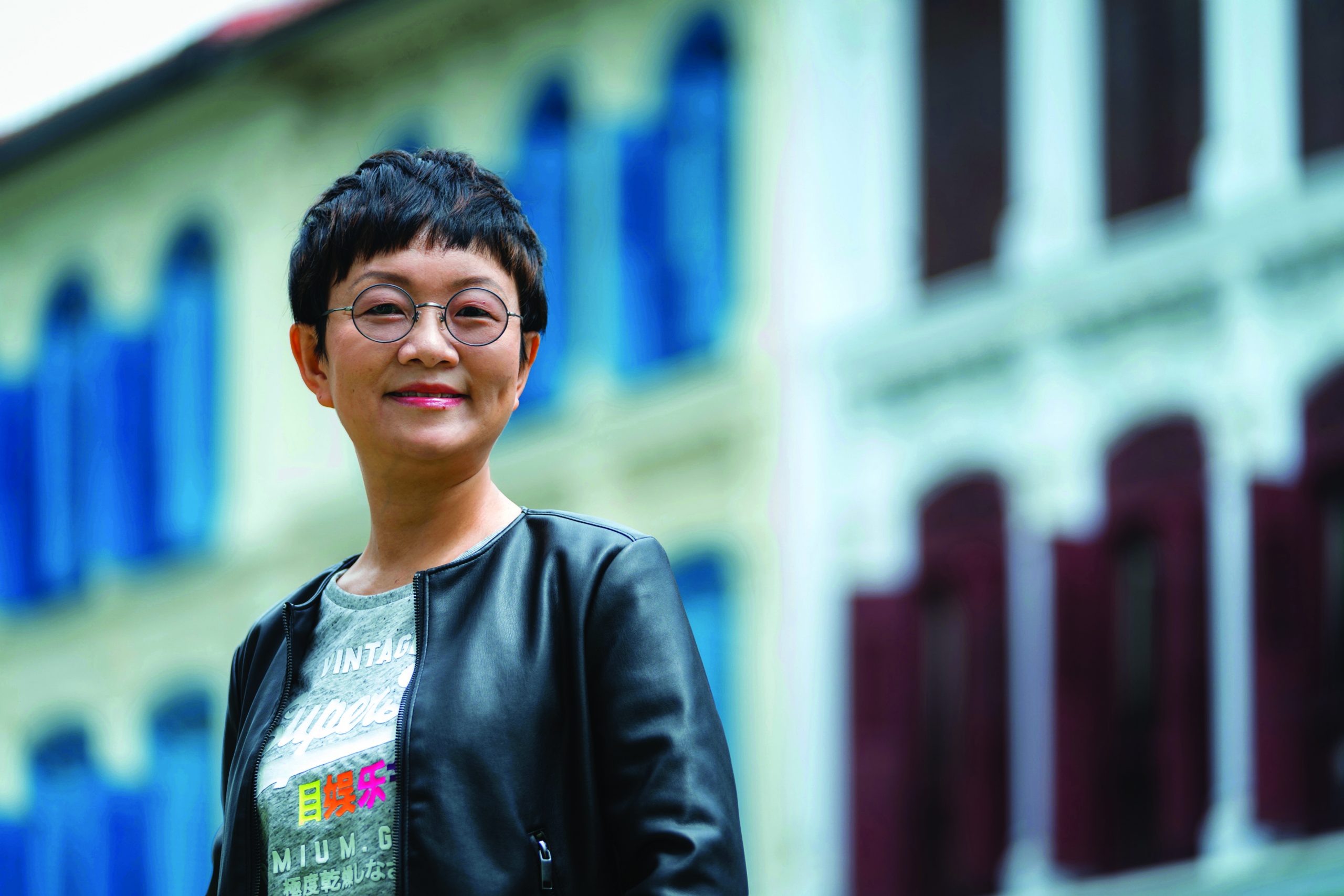SHANGHAI, CHINA
MANSION HOTEL
Email: albert_lau@chinamansionhotel.com
WHERE IS IT?
Officially opened in late May 2007, Mansion Hotel lies in the Xu Hui District (formerly a French concession), famed for leisure and business activities. Metro stations are minutes away and it’s less than 45 minutes to Hongqiao and Pudong airports by car.
WHY IS IT SPECIAL?
The 32-room boutique hotel was once a mansion owned by the infamous Chinese mafia boss, Du Yue Sheng, and an important venue for the affluent as a residence, trading centre and meeting point. The building’s original interior design is partly retained to reflect Shanghai’s rich cultural heritage in the 1930s and is embellished with art deco chandeliers, French furnishings and modern in-room amenities– such as iPod docks, rainforest showers and plasma televisions.
WHAT CAN YOU DO THERE?
The Han Ling Gold Palace Cantonese restaurant has eight private dining rooms, each accommodating up to 25 people. Its boardroom is another preferred venue for meeting, while Magnolia, its contemporary Australian-Mediterranean restaurant is ideal for events that can hold up to 200 people since it boasts a spacious outdoor cocktail terrace which yields stunning views across Shanghai. In fact, this venue was used for the hotel’s official opening in late May.
Notice the hotel lobby which doubles as a mini museum for memorabilia, featuring a 1903 Edison phonograph, historic Chinese banknotes, photos of old Shanghai and 1920s records by Beijing opera star Mei Lan Fang. It is curated by the hotel’s developer and chief designer, Dr Lu Jun Yin.
LISBON, PORTUGAL
LAPA PALACE
Email: margarida.pinto@lapa-palace.com
WHERE IS IT?
Although the Lapa Palace hotel was opened in 1993, the palace itself has existed since 1883 and is located in Lisbon’s traditional Lapa Quarter, the preferred residential area of nobility and gentry. Now, the prestigious area is the address of international embassies and consulates.
WHY IS IT SPECIAL?
Before it was turned into a hotel in 1993, the Count of Valenças and his generations of family had lived in the palace from 1887 to 1988. Artworks and furniture created specially for the Count in the 19th century by great Portuguese ceramicists and painters still adorn the rooms until today. The hotel is divided into three different sections: Palace wing, Garden wing and Villa Lapa. Art deco, colonial, Portuguese and neo-classical themes can be found in its 109 rooms. It has been visited by aristocracy, Nobel Prize winners, politicians and artists, such as Queen Sofia of Spain, William Sharpe, George Bush and Sir Paul McCartney.
WHAT CAN YOU DO THERE?
The Lapa Palace offers a 24-hour business centre and wireless internet throughout the hotel. Among its eight elegant function rooms, the Lapa Room accommodates 250 people with access to a garden and a terrace. The Columbano Room, the former ballroom of the palace, features an original frescoed ceiling and is usually combined with the Luís XV Room (once the Countess’ boudoir) to host 110 people.
For a more intimate venue, the Belém Room which accommodates 20 people is ideal for private dinners or as a boardroom. Originally the armoury of the Palace, it’s decorated in grand medieval style with a fireplace. The Alfama Auditorium seats 120 people and boasts state-of-the-art audiovisual equipment. The indoor heated swimming pool, gymnasium, Turkish bath, sauna and spa provides many leisure opportunities, not forgetting the sightseeing activities in the Lapa Quarter.
UDAIPUR, RAJASTHAN, INDIA
TAJ LAKE PALACE
Email: lakepalace.udaipur@tajhotels.com
WHERE IS IT?
Built in 1746, this majestic 1.6-hectare palace made of exquisite white marble “floats”
in the middle of Lake Pichola, surrounded by scenic Aravalli Mountains and smaller palaces along the lake.
WHY IS IT SPECIAL?
Maharana Jagat Singh II of the Mewar Dynasty is rumoured to have built the palace as a ground for moonlit picnics with the ladies of his Zenama (women’s quarters). It wasn’t until 1955 that the current Maharana decided to open the family’s summer abode to the public as a way to preserve their heritage,which later morphed into a luxury hotel in 1971.
WHAT CAN YOU DO THERE?
The palace offers outdoor and indoor meeting and event facilities – be it the Mewar Terrace or on the Gangaur barges in the lake itself. The Mewar Mahal room can be transformed into a theatre-style eating arrangement for 75 people or a U-shaped boardroom for 35 people. The Lily Pond Courtyard accommodates 100 people for banquets or cocktails events.
A regal and warm welcome by elephants and camels can be arranged, alongside a stunning fireworks display to mark the end of your event. Leisure services in the palace include the temple sightseeing, special meal experience at your choice of locations and vintage cars are provided for transportation to and from the palace.
HO CHI MINH CITY, VIETNAM
REUNIFICATION PALACE
Email: dinhdoclap@dinhdoclap.gov.vn
WHERE IS IT?
Having undergone countless transformations in its structure and name, the Reunification Palace is a cultural monument and a witness to the turbulence of Vietnamese history. Located in central Ho Chi Minh City, it was until 1975, the seat of the US-backed Saigon regime.
WHY IS IT SPECIAL?
The French government built Norodom’s Palace in 1868 and it has served as the French governor general’s office and home until the Japanese government took control briefly in 1945. Shortly after, the Vietnamese government presided over the palace and in 1954, Prime Minister Ngo Dinh Diem decided to call his residence the “The Palace of Independence”.
During the volatile political upheaval at that time, the palace suffered heavy bombardment and had to be levelled in 1962. A construction begun and the Vietnamese architect Ngo Viet Thu wanted the new palace to be infused with cultural meaning. Hence, the façade and interior design is filled with symbols of traditional Vietnamese philosophy, oriental rituals and national characters, much akin to feng shui.
In April 1975 in front of television cameras, a Viet Cong tank broke down the palace gates in a dramatic scene that marked the end of the Vietnam War. The young tank officer marched into the palace and informed the remnants of the South Vietnamese regime that they were no longer in power.
The building was later renamed the Reunification Palace and today is a popular venue for international and local visitors.
WHAT CAN YOU DO THERE?
Occupying 120,000sq m of land, the palace offers plenty of alternatives for meetings and groups. The Ceremonial room is a modular space that accommodates a maximum of 500 people and 30 tables for seated events. The ground-floor meeting hall is able to hold half the number of guests compared to the Ceremonial room. The Banquet room is smallest and fit up to 200 people or a sitting party with maximum of ten tables. Visit the Unification Meeting Hall where you’ll find the palace’s collection of Vietnamese cultural and historical relics.
RECENT EVENTS
Coke Awards Dinner
Dutch Lady 10th Anniversary party
Trung Nguyen Coffee Corporation product launch
BANGKOK, THAILAND
CHAKRABONGSE HOUSE
Email: contact@pacificworld-th.com
WHERE IS IT?
Secluded yet within walking distance from Bangkok’s premier tourist attractions such as the Grand Palace and the Temple of the Dawn, Chakrabongse House is Bangkok’s most charming villa by the Chao Phraya river.
WHY IS IT SPECIAL?
Prince Chakrabongse Bhuvanath, the 40th son of King Rama V built the Chakrabongse House in 1908 for his royal ceremonies in the Grand Palace and excursions on the Chao Phraya River. In 1932, historian and writer Prince Chula Chakrabongse resided in the house until his death in 1963. Since then, his daughter, Narisa Chakrabongse, restored the building to its present elegant and regal state. Over the years, the house was exclusive to her invited guests. Today, groups can hold their meeting and events at this picturesque venue.
WHAT CAN YOU DO THERE?
The three studio apartments ensconced by lush greenery, may not be suitable for big groups, but they’re intimate and cosy for smaller number of guests. Equally impressive is the Sala Dining room, a pavilion overlooking the river. This makes a great place for dining and events. A delectable range of Thai dishes can be pre-ordered and catering is provided for a maximum of 80 people. Cultural shows can also be arranged as part of the evening’s entertainment.
HARGIMONT, BELGIUM
CHÂTEAU JEMEPPE
Email: info@chateaujemeppe.com
www.chateaujemeppe.com
WHERE IS IT?
Travel for 45 minutes by car from Brussels and you’ll reached Château Jemeppe, a castle located in peaceful village of Hargimont in the Belgian Ardennes. Find contemporary business facilities amid a historical and scenic setting- the castle stands on 60 hectares of land with private woodlands and a river.
WHY IS IT SPECIAL?
The palace dates back to the 13th century when it was first built as a mansion by Jean d’Ochain as a home and a defence against battles during that period. It remained in the d’Ochain family until 1616 when it was owned by Raes d’Ans, Lord of Velroux who restored and extended the building. In 1838, the De Sauvage-Vercour family took over and continued with the renovation efforts. After a period of neglect in the 20th century, Château Jemeppe has now been restored to its former glory, and the original plan of the estate is also visible again. Today, the castle offers 23 rooms and 31 rooms in the annexe buildings.
WHAT CAN YOU DO THERE?
The castle offers five meeting rooms-two in the castle’s annexe buildings and three in the dungeons. Contemporary business facilities are found throughout the rooms and they can hold up to 20 people. All rooms have panoramic view of the forest and landscape of the Ardennes. Weather permitting, you can also use the alfresco Green Room for brainstorming sessions and team-building activities. Château Jemeppe may look like an ancient castle from the exterior, but it has the efficiency and amenities of a five-star hotel.
USHA KIRAN PALACE
MADHYA PRADESH, INDIA
Email: ushakiran.gwalior@tajhotels.com
WHERE IS IT?
Surrounded by 3.6 hectares of picturesque greenery, the Usha Kiran Palace is accessible by a 45-minutes drive from the Gwalior airport and under four hours from Delhi. A regal experience not to be missed.
WHY IS IT SPECIAL?
In 2004, the 120-year-old palace was opened to public as a heritage hotel, managed by the Taj Hotel group. It was first built to host the British royal family and serves as a home of the royal Scindia family of Gwalior. It’s located opposite the Jai Vilas Palace where the royal family still resides today. All 38 rooms, including eight suites, are beautifully furnished with exquisite artifacts and modern facilities.
WHAT CAN YOU DO THERE?
Its three banquet halls can host up to 80 guests including a welcome area with a separate entrance. The State Room serves as a boardroom suitable for meetings and seats up to 24 people and 36 people in U-shaped setting. Bigger groups can opt for the landscaped lawn which can hold up to 1,500 people and is perfect for an alfresco experience. One of the hotel’s highlights is food. Mughlai, Maratha and Nepali specialities from the royal kitchen of the Scindia are served and catering can be arranged for events. Indoor and outdoor leisure activities are boundless here. Uniquely, the Jiva spa sessions are accompanied by live Indian accoustic classical music.
HUE, VIETNAM
LA RESIDENCE HOTEL AND SPA
Email: sales@la-residence-hue.com
WHERE IS IT?
Part of La Residence’s irresistible charm lies in the two-hectar site with a view on the famous Perfume River in Hue. In fact, the hotel is situated by the riverside and also offers unrivalled view of the Trang Tien Bridge and the Citadel of Hue.
WHY IS IT SPECIAL?
The governor of the former French colony of Annam resided in the hotel and guests included Bao Dai, the last emperor of Vietnam. It opened in late 2005 after an overdue extensive renovation since the building had been built in the 1930s. Today the hotel, with its 122 rooms and suites, is a splendid display of art deco architecture.
Carmen Marienberg, the hotel’s general manager says: “The key to understanding the appeal of this hotel is knowing its relationship to the place. From the rooms, terraces and gardens, you’ve got expansive views of the river and imperial monuments of Hue City, so you feel that you’re settled not only in a hotel but in the embrace of a landscape and a remarkable heritage as well.”
WHAT CAN YOU DO THERE?
The hotel can arrange tailor-made meeting packages for groups. It offers team-building programmes such as, sunset cruises and indoor or outdoor cooking classes in the Citadel. A boat trip on the Perfume River is another popular choice, especially during the sunset. The conference room and banquet halls can accommodate 120 people respectively. Alternatively, your group can head for the?outdoor banquet hall, which is surrounded by a beautiful tropical garden.
RECENT EVENTS
Workshop?for 60 Belgian doctors
National Assembly of Vietnam’s meeting


